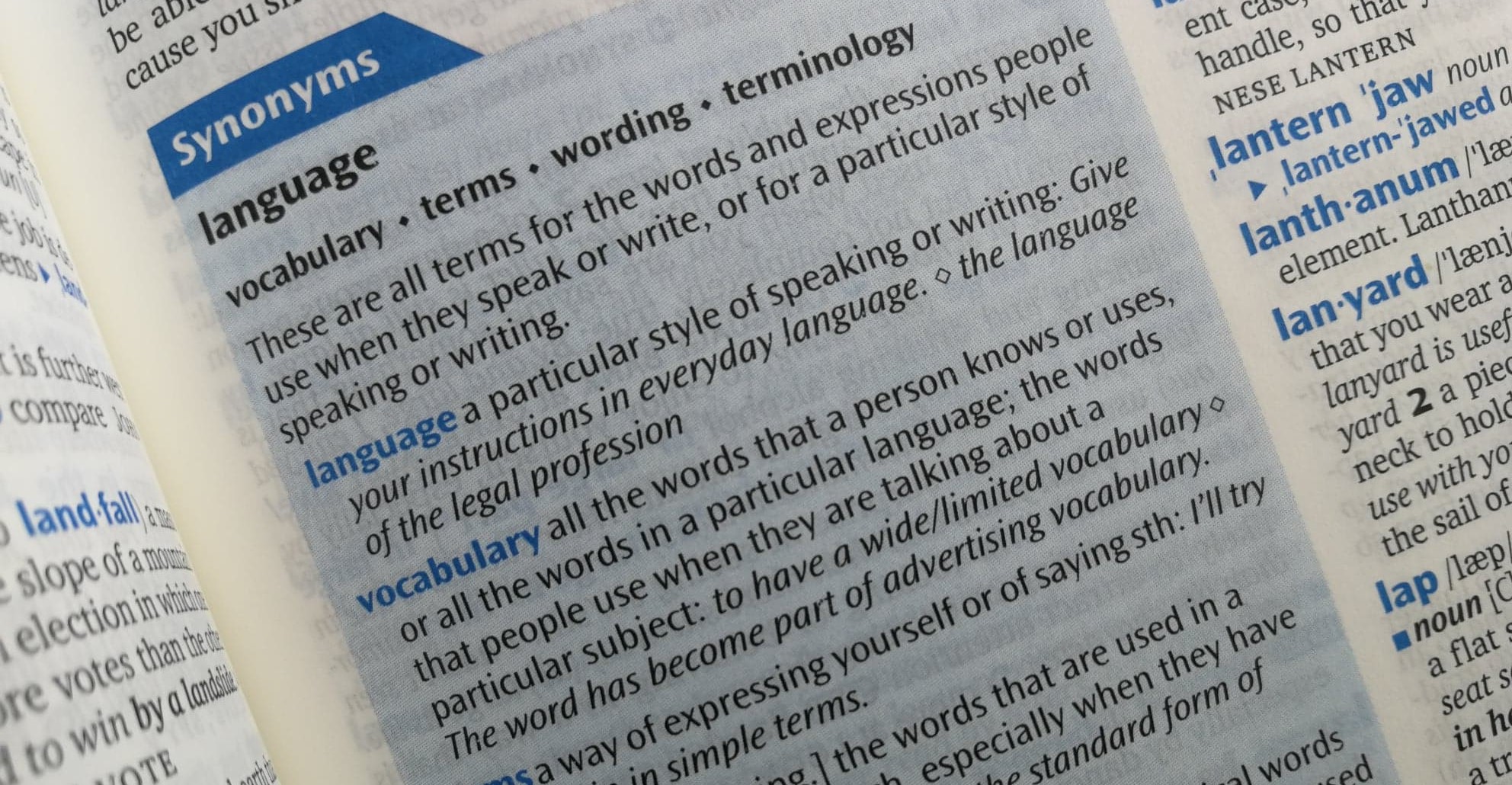CIP's view of language learning

In recent years, language teaching and learning has begun to move in the direction of a function-oriented approach. Previously, the ideal was to achieve language proficiency similar to that of a native speaker and that was what guided most language teaching. Today, it is more and more common to acquire only the specific language skills needed to perform a certain task. An example of this could be a student acquiring basic reading skills in German in order to be able to include sources written in German in their research or studies, or a member of the administrative staff getting to grips with specific English university administrative terms in order to be able to explain practical issues to international students or colleagues.
Change in attitude regarding language acquisition
Language skills
It is crucial that we can work with partial language skills such as reading, writing, listening or speaking based on the function they need to fulfil. These skills may be interactive or receptive in nature and serve different purposes:
An interactive skill
An interactive skill involves both spoken and written communication. It enables you to function in a wide variety of social, academic and practical situations. In language teaching, it is often helpful to define the communicative situation more closely. This will allow the language instruction to focus on developing the precise interactive skill relevant to the particular situations and functions. Examples might be vocabulary for fieldwork in foreign countries, language for interaction with international staff and students, language for instructional purposes, language for research communication and so on.
A receptive skill
A receptive skill involves the ability to read, listen and understand. For a student, this might mean being able to follow the progression and content of a text or a lecture in a given language without necessarily being able to speak it. A receptive skill can also be important when associating with international staff because it allows communication to become multilingual. This eases communicative difficulties as each person can communicate with the other in their own respective language. For example, it is a widely used practice to conduct meetings in Danish, but allow international staff to contribute in English.
The communicative situation
How to approach language teaching also depends on the communicative situation. The content of a language course might need to focus on informal dialogue, general academic discussion or more specialised academic communication, depending on the needs of the participants. For that reason, it might be relevant to work with specific types of texts and genres. In these cases, the language teaching will often entail some degree of consciousness-raising concerning the linguistic and conventional aspects that characterise those text types.
Variations in proficiency level
When preparing a language course, it is also important to be aware of the variations in participants’ level of proficiency to ensure that the specific course is pitched at the right level. To gauge proficiency levels, CIP uses the internationally approved method formulated in the Common European Framework of Reference for Languages (CEFR) from 2008. This method distinguishes between the levels basic user, independent user and proficient user. Each level is divided into subcategories that provide a more detailed specification of skills.
CIP’s approach to language teaching
CIP does not subscribe to the idea that lack of language proficiency in students and staff is a disease that needs to be cured. Rather, language proficiency is a skill that can be acquired through careful nurturing and developed through teaching and practice. In many cases, language learning can be integrated into existing activities, for example, supporting students in developing their writing proficiency in a particular academic discipline. For staff, both individuals and groups, developing language learning activities is based on an assessment of needs as experienced by the employee in relation to specific work situations. The ideal in both cases is always to develop and implement language learning activities precisely as and where they are needed. Read more about the development of teaching activities at CIP.
Contact CIP
Centre for Internationalisation and Parallel Language Use (CIP)
University of Copenhagen
Faculty of Humanities
Emil Holms Kanal 4
DK-2300 Copenhagen S
Location: Building 23, 4th floor
Telephone: +45 35 32 86 39
E-mail: cip@hum.ku.dk
